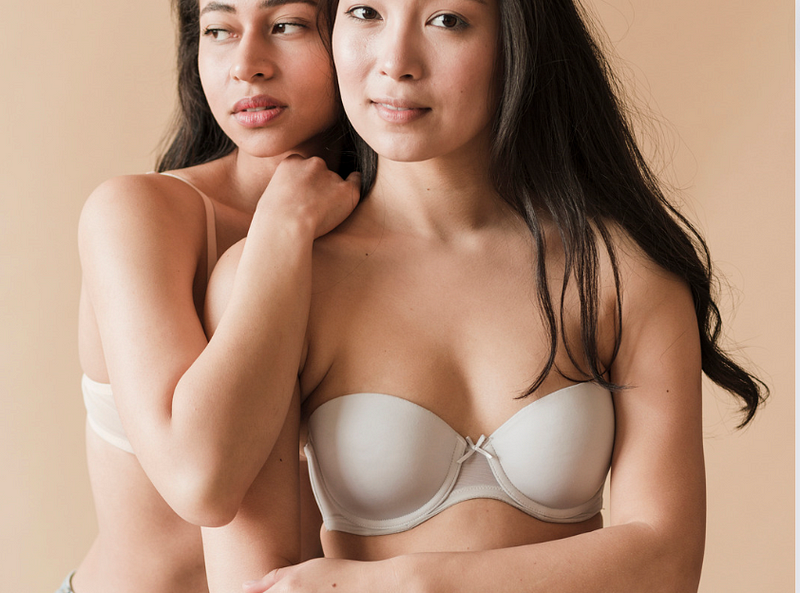Embracing the Conversation: Discussing Breasts with Our Daughters
Written on
Chapter 1: The Need for a Manual
Breasts, much like vehicles and IKEA furniture, could truly benefit from a guidebook. Instead of a manual, however, they often evoke feelings of surprise and wonder. Many of us can recall the first time we encountered someone with breasts during our middle school years—an experience filled with awe.
Sharing experiences surrounding our bodies is essential, especially with our daughters and among ourselves. Regardless of their size or shape, breasts deserve recognition, not just for celebration but also for understanding. This is a journey of commiseration, acceptance, and perhaps even love.
While a manual would be helpful, what’s perhaps even more vital is having "the talk." Some may have had these discussions growing up, which is fantastic, while others might have missed out, and that could have made a difference. Many mothers feel awkward discussing breasts, stemming from their own lack of guidance. For families with two dads or a single father, the subject can be even more complicated, as they might feel unprepared to navigate this terrain.
The reality is that every woman’s experience is unique. How do we advise our daughters if we have small breasts and they have larger ones? Can we truly relate? And what about fathers? The experiences of walking down the street, hitting the beach, or changing in a locker room can vary greatly depending on breast size.
It’s common for women to find themselves apologizing for their bodies at some stage. This tendency to qualify our breasts seems normalized. I remember a friend who confidently embraced her breasts, proclaiming them "perfect." She believed anyone who dated her was fortunate, a sentiment that left me intrigued. What made them perfect? Were they simply desirable to men?
Her perspective was refreshing amidst the usual narrative where women often grapple with dissatisfaction. Many of us feel compelled to justify our bodies—too big, too small, or just not fitting the mold. We often feel the need to explain our breasts as if they required justification.
Why do we continue to feel the need to apologize for our bodies?
Chapter 2: Sharing Stories Across Generations
A friend once shared her realization about her own breast size while observing her family dynamics. She noted, “There was no shortage of boobage in this family, to say the least.” This moment of understanding, even if it came with some embarrassment, made her feel connected to her lineage. In contrast, women with smaller breasts in families filled with larger ones might feel less feminine or even like an outsider.
Such disparities can lead to feelings of inadequacy. Women sometimes find themselves grappling with unexpected changes in their bodies, unsure how to respond. A friend remarked, “My mom had no idea what to do with my big breasts,” highlighting the disconnection between generations.
When a mother and daughter share similar breast sizes, it allows for open dialogue. The mother can pass down tips and strategies from her own experiences, helping the daughter navigate society’s expectations and pressures.

However, not all discussions about breasts are constructive. Different sizes elicit varied reactions from the world—often beyond just male perspectives. For instance, my mother once recounted how our grandmother questioned, “Why did God give me two daughters with big breasts?” Despite her own similar attributes, she viewed them as a burden.
Big breasts, for some, might be seen as a sign of promiscuity—a notion that could still linger in today’s world. The secrecy and shame surrounding these conversations can be debilitating. Many women express disdain for their breasts, viewing them as burdens rather than parts of their identity.
It’s crucial that we engage in compassionate conversations about our bodies with one another, particularly with our daughters.

Reflecting on a friend’s experience, she embraced her voluptuous figure but acknowledged the inevitability of change. Knowing her body’s history helped her navigate the journey with confidence.
Mothers can share their own narratives with their daughters, keeping in mind that the daughters might already feel a sense of shame about their bodies. By approaching these discussions with care, we can alleviate some of the burdens that come with growing up.
It’s high time we open up the dialogue about breasts—let’s talk to our girls about their bodies.